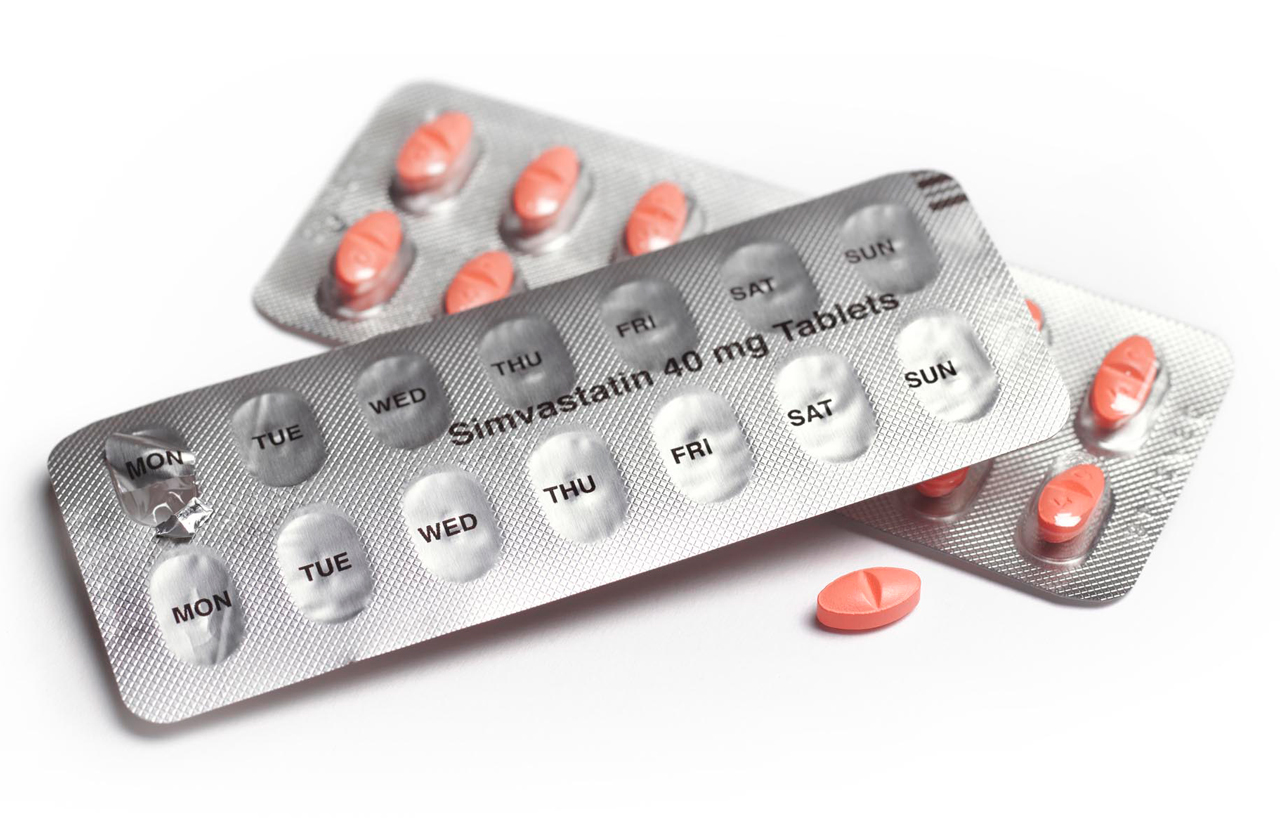Statins
Elizabeth Briand

Nationwide, a little over a third of the patients who would benefit from statin medication are taking them, according to a study published in the Annals of Internal Medicine. Annals of Internal Medicine. A recent trial conducted by researchers at the University of Pennsylvania’s Perelman School of Medicine sought to address that trend by looking at possible solutions to elevate use.
What they discovered was that automated referrals to pharmacy services versus traditional prescribing methods led to a sixfold increase in the odds of a physician prescribing the appropriate doses for patients who would benefit from the medication.
Finding a solution to the problem
Led by Alexander C. Fanaroff, MD, assistant professor of cardiovascular medicine at the University of Pennsylvania’s Perelman School of Medicine, the trial focused on trying to find a solution to one of the key factors in the relatively low use of statins: a lack of time available for physicians to evaluate cases and prescribe preventive medications.
“Our hypothesis was that there was not enough time in the day or in a visit for physicians to take care of both acute needs and preventive needs,” said Fanaroff. “It has been estimated that for physicians to do everything indicated for their patients, there would have to be 26 hours in a day.”
Fanaroff and his team proposed a novel approach to alleviate that bottleneck: creating automated referrals for eligible patients to a centralized pharmacy service. Physicians simply had to approve the order, making it possible for pharmacists to then get in direct contact with patients, discuss their CV risks and the benefits of statins, and then initiate therapy.
The results of the trial were revealing. There was a significant increase in prescription rates with 31.6% of patients prescribed a statin compared with 15.2% in the baseline group. And 24.8% of patients received a guideline-recommended dose compared with 7.7% of patients in the baseline group.
Providing value, personalized care for patients
The automated nature of the referrals made the process significantly easier for physicians, allowing them to quickly and safely make a decision about a patient’s preventive care. For patients, the call from a pharmacist to talk about statins and how they could support their CV health offered a luxury many patients unfortunately do not have these days: the opportunity to talk at length to a medication expert and ask questions.
“There were a lot of patients who had questions or who had not yet had lipid profiles done,” said Fanaroff. “You could see that pharmacists talked a lot of patients through lipid management over a number of phone calls and got them to a point where the patients wanted to be on the medication. Because of the time that the pharmacists could take, it was really an opportunity for a knowledgeable, clinically trained person to talk with people.”
“The results add to the body of knowledge we have for all areas of pharmacy practice where pharmacists can be and are integral members of the care team,” said Andrea G. Dooley-Wood, PharmD, clinical manager of ambulatory pharmacy services at Penn Medicine Lancaster General Health. “Including a pharmacist on these teams—whether in the ambulatory, acute care, or other setting—can enhance a team’s medical management through expertise in evidence-based medication use.” Dooley-Wood worked with Fanaroff on the trial.
This approach to statin prescribing was “a win for CV risk reduction at both a patient level and a population health level,” said Dooley-Wood.
And it was a win for pharmacists who took part. “The pharmacists who did it, loved it,” said Fanaroff. “They liked being part of the team and making care better. A lot of pharmacists I’ve talked with were excited about being able to help with population medicine management. Everyone wants to work at the top of their training.”
With the trial results in hand, Fanaroff said the goal is to introduce the approach throughout the Penn Medicine health system. “Especially as we get into value-based contracting, there are incentives for health systems to invest in programs like this. We showed it works and I’m excited about the ways we can help more patients.” ■